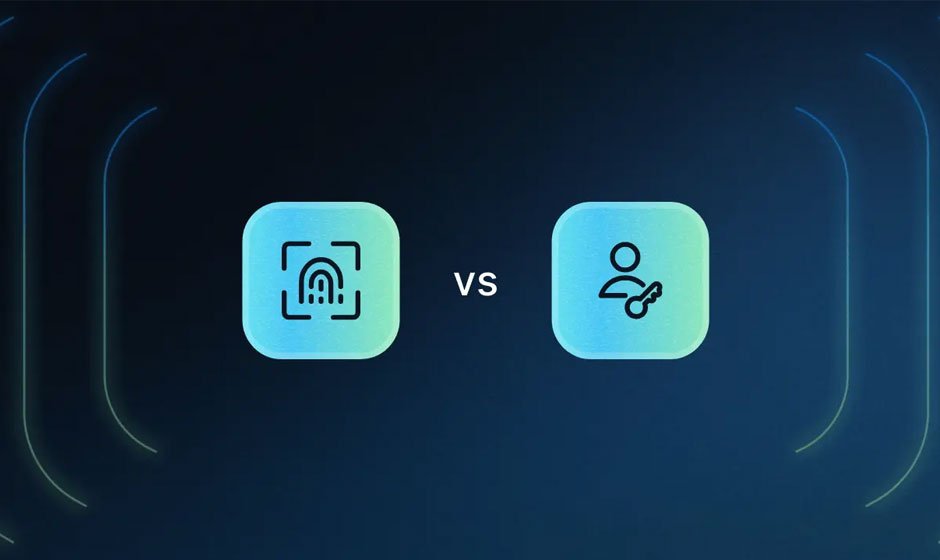For decades, the simple act of logging in—whether to our email, social media, or online banking—has required one thing: passwords. From alphanumeric codes to special characters and two-factor authentication (2FA), passwords have served as the gatekeepers of our digital lives. But let’s face it: passwords are cumbersome, often insecure, and, in many cases, the weakest link in online security. Good news: the days of these login credentials may be numbered. Warm up to FIDO2, a groundbreaking new standard that aims to eliminate passwords altogether. And it might just succeed.
The Problem with Passwords
Passwords have been the cornerstone of digital security for a long time, but they come with significant drawbacks:
- Weak passwords: Despite countless recommendations to create strong, unique passwords, many users still rely on easy-to-guess options like “123456” or “password.”
- Reused passwords: People tend to reuse the same password across multiple platforms, creating vulnerabilities if one site is compromised.
- Phishing attacks: Hackers have perfected phishing techniques that trick users into providing login credentials, bypassing even the most complex passwords.
- Management burden: The sheer number of accounts we manage makes it difficult to remember complex passwords, forcing us to rely on password managers or resetting passwords repeatedly.
In short, passwords, while familiar, are increasingly inadequate for securing the wealth of sensitive data we handle online. This is where FIDO2 steps in.
What is FIDO2?
FIDO2 (Fast Identity Online 2) is the latest standard in authentication technology, created by the FIDO Alliance and the World Wide Web Consortium (W3C). It builds upon previous iterations like FIDO U2F (Universal 2nd Factor) and introduces a passwordless login experience. Rather than relying on traditional usernames and passwords, FIDO2 enables users to log in securely using biometric data or hardware keys.
But how does this work?
At its core, FIDO2 uses a combination of:
- Public-key cryptography: During the registration process, a unique key pair is created. The private key stays on the user’s device (like your phone or laptop), while the public key is stored by the online service.
- Biometric data: Your fingerprint, facial recognition, or voice authentication can be used to verify your identity. Since the biometric data never leaves the device, it cannot be stolen or hacked.
- Security keys: Physical devices, like USB security keys, provide an additional layer of authentication for those who prefer not to use biometric methods.
By eliminating the need to transmit sensitive information, like a password, over the internet, FIDO2 drastically reduces the risk of phishing, credential theft, and brute-force attacks.
The FIDO2 Login Experience
Imagine this: You’re trying to access your bank’s website. Instead of typing a username and password, you simply press your finger against your smartphone’s fingerprint reader or glance at your webcam for facial recognition. Seconds later, you’re in—no typing, no remembering complex strings of characters.
With FIDO2 security key, the process is not only faster but also significantly more secure. If you opt to use a physical security key, the experience is just as streamlined: insert the key into your device, press a button, and you’re authenticated.
This new login experience is not limited to high-security apps or websites. Giants like Microsoft, Google, and Facebook are already adopting FIDO2, with millions of users logging in using the standard every day. Even Apple’s Touch ID and Face ID are based on similar principles, making FIDO2 the next logical step in a passwordless future.
FIDO2: A New Era of Logins
The adoption of FIDO2 represents a fundamental shift in how we think about online security. Here are a few reasons why this technology is poised to change the game:
- Stronger security: FIDO2 uses public-key cryptography and stores biometric datalocally, making it nearly impossible for hackers to intercept or guess your credentials.
- Simplified user experience: No more clicking “forgot password” or anxiously hoping you’ve typed it right. FIDO2 provides a seamless, more secure login process without the hassle of traditional passwords.
- Phishing resistance: Since your private key never leaves your device, phishing attempts are rendered ineffective.
- Privacy protection: Biometric data remains local, ensuring greater privacy as nothing sensitive is transmitted online.
- Wide adoption: Tech giants are embracing FIDO2, and it’s quickly becoming the go-to solution for passwordless security across platforms.
Conclusion
The future of logins is here, and it doesn’t involve passwords. FIDO2 is paving the way for a safer, more convenient digital world where passwords are no longer the first line of defense. With its robust security protocols, ease of use, and growing adoption, FIDO2 might just make the phrase “forgot your password?” a thing of the past.
So, the next time you’re fumbling to remember which special character you used in your latest password, just remember: in the future, you won’t need to. Embrace the future of logins and leave passwords behind. Start by looking for websites, apps, devices or services that support FIDO2. You may be surprised at how many options are already available.











